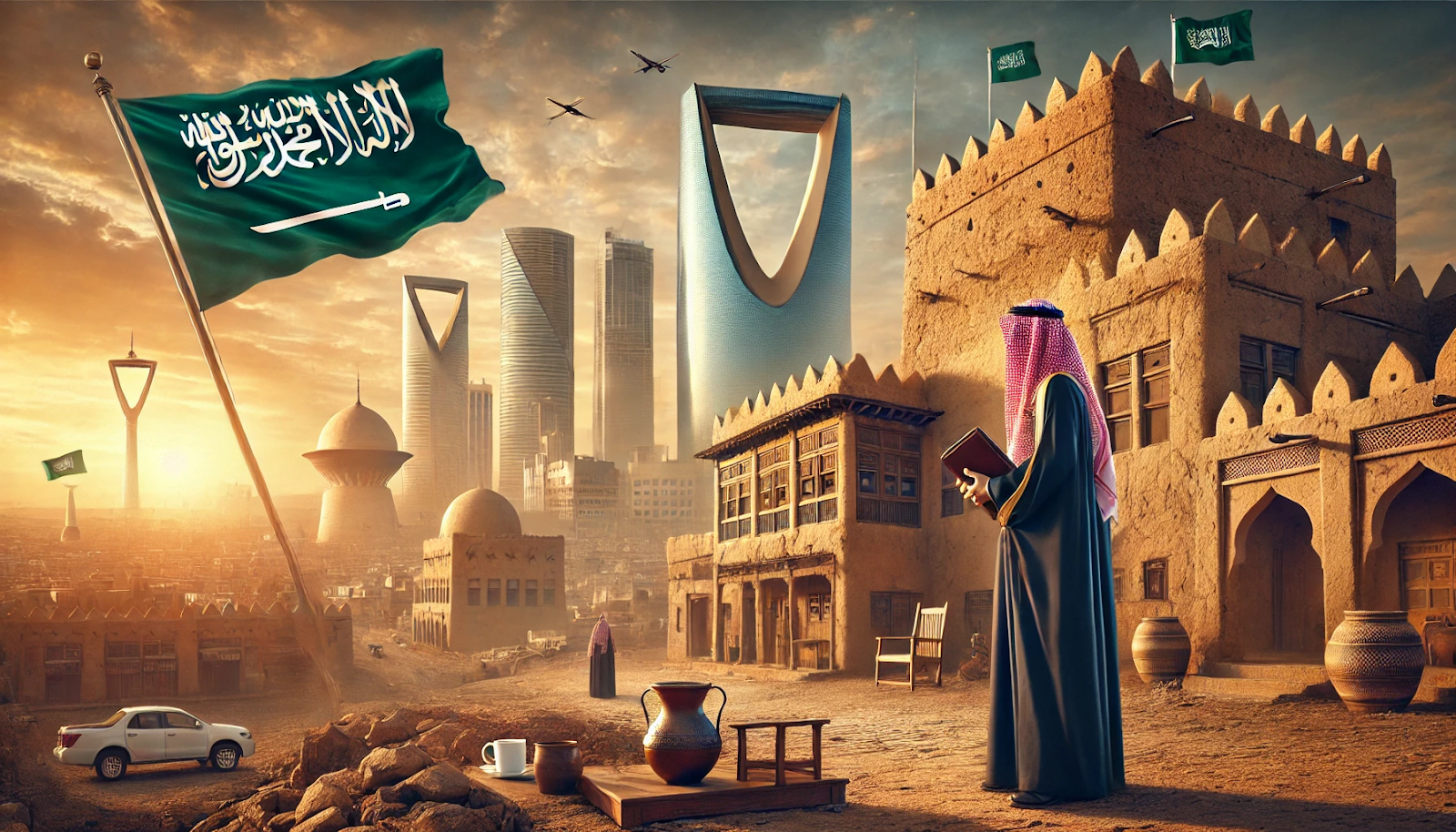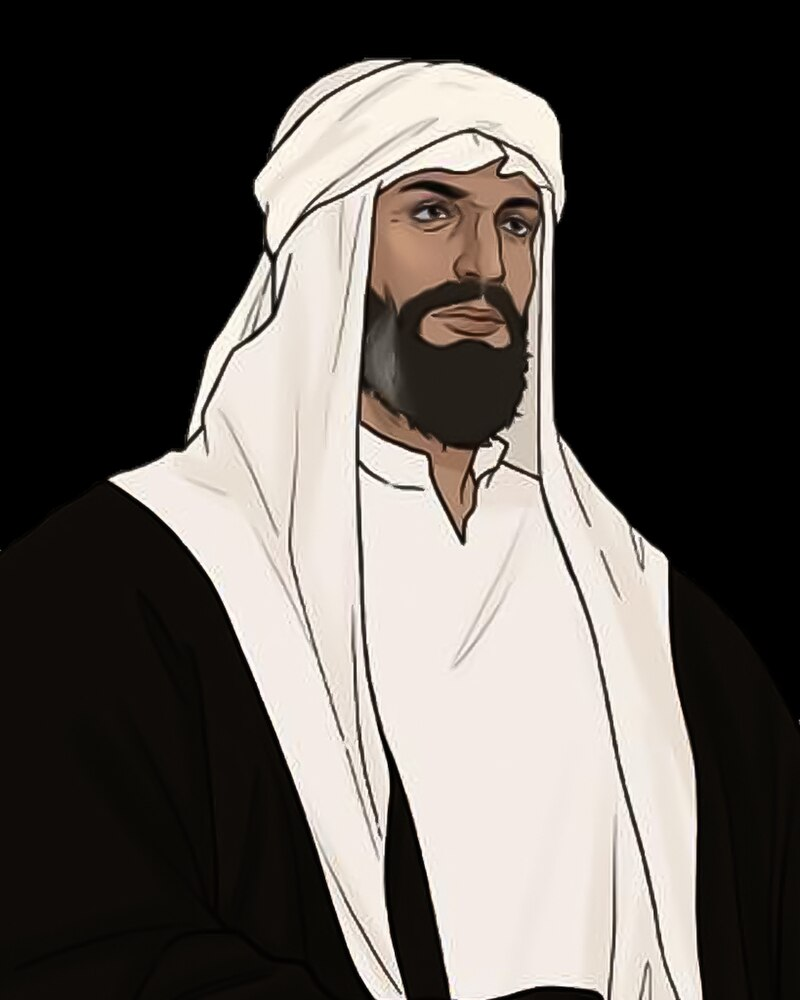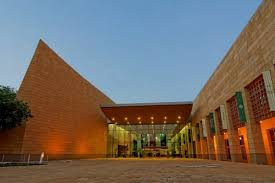Saudi Founding Day: A Deep-Rooted History and a Renewed Vision
A Day That Changed the Course of History
Every year, on February 22, Saudis celebrate Founding Day, a day that was not merely a historical event but a defining moment in the establishment of a strong national identity. well let you know the history of saudi founding day: In 1727 (1139 AH), Imam Muhammad bin Saud laid the first foundation for the establishment of the First Saudi State in Diriyah, marking the beginning of a new era of unity and stability.
Since that day, Saudi Arabia has evolved from being just a geographic entity into a strong political and cultural force, one that has withstood challenges and emerged as one of the world’s leading nations. Founding Day is an opportunity to reflect on those great beginnings and to celebrate the transformation that has shaped the Kingdom into what it is today.
But how did it all begin? What role did Imam Muhammad bin Saud play in laying the foundation of a strong state that has endured for centuries? And what significance does this day hold in Saudi Arabia’s national and historical context? Let’s explore these answers in this article by Archinations.
Imam Muhammad bin Saud: The Leader Who Established the Foundation
Imam Muhammad bin Saud was not just a political leader; he was a visionary statesman who reshaped the Arabian Peninsula forever. At a time when Najd was fragmented by tribal conflicts and instability, he emerged as a leader striving to establish unity and security, laying the cornerstone of the First Saudi State, which later became the foundation for modern Saudi Arabia.
1. Establishing the First Saudi State: A Historic Turning Point from Diriyah
The year 1727 was far from ordinary in the history of the Arabian Peninsula. It marked a pivotal moment when Imam Muhammad bin Saud founded the First Saudi State in Diriyah, transforming it from a small town into a political capital and a stronghold of stability.
The establishment of the state was not just a declaration of new rule; it was a comprehensive reform movement that included governance, the economy, and security. Imam Muhammad bin Saud introduced structured administrative systems and a clear political vision that turned Diriyah into the beating heart of the Arabian Peninsula and a haven for those seeking growth and stability under a rule of justice and Islamic principles.
2. Unifying Tribes Under One Banner: The Birth of a Unified Saudi Identity
Before Imam Muhammad bin Saud’s reign, the region suffered from ongoing tribal conflicts, making stability almost impossible. However, through a strategic vision and wise leadership, he managed to unite the scattered tribes under one banner. His policies focused on strengthening cooperation between tribes and establishing principles of justice, ultimately creating a unified Saudi identity for the first time in the region’s history.
Achieving this unity was not easy—it required clever alliances and balanced policies. However, this groundwork laid the foundation for unification efforts that continue to this day, transforming what was once a fragmented tribal society into a powerful political entity with a clear vision for the future.
3. A Lasting Legacy That Laid the Foundations of a Modern State
The First Saudi State was not just a temporary political experiment—it was the seed from which modern Saudi Arabia grew. Although it eventually fell, the values and principles established by Imam Muhammad bin Saud remained deeply rooted in the nation’s consciousness.
After its fall, Imam Turki bin Abdullah revived the Saudi state, drawing inspiration from Imam Muhammad bin Saud’s legacy. Later, in the early 20th century, King Abdulaziz Al Saud resurrected this legacy once more, successfully unifying Saudi Arabia in 1932 based on the same principles that Imam Muhammad bin Saud set in 1727.
Today, the fundamental governance principles laid down by Imam Muhammad bin Saud remain deeply entrenched in Saudi leadership. Under King Salman bin Abdulaziz and Crown Prince Mohammed bin Salman, these principles of unity, justice, and political and developmental stability continue to guide the nation.
Thus, Imam Muhammad bin Saud was not just the founder of a state—he was the architect of a great nation whose influence has spanned over three centuries, shaping Saudi Arabia’s identity today.
The Significance of Founding Day in the National Context
1. A Day That Embodies Saudi Identity
Saudi Founding Day is more than just a historical commemoration; it represents the foundation of the Saudi national identity. It reminds Saudis that their nation was not built by chance, but through effort, planning, and unwavering determination over generations.
2. Strengthening National Pride and Belonging
Celebrating this day reinforces a sense of pride among citizens, showcasing that Saudi Arabia is not just an oil-rich country with a booming economy, but a nation with a deep history of unity, resilience, and progress.
3. Saudi Founding Day events
Founding Day is not merely a formal occasion; it is a national event celebrated across the Kingdom through:
- Cultural and artistic performances showcasing Saudi Arabia’s rich heritage.
- Folk festivals displaying traditional attire and heritage cuisine.
- Military shows and aerial displays, reflecting the strength and advancement of Saudi armed forces.
- Touristic events in historic sites like Diriyah, which played a crucial role in the Kingdom’s founding.
The Connection Between Past and Present: Saudi Vision as an Extension of a Rich History
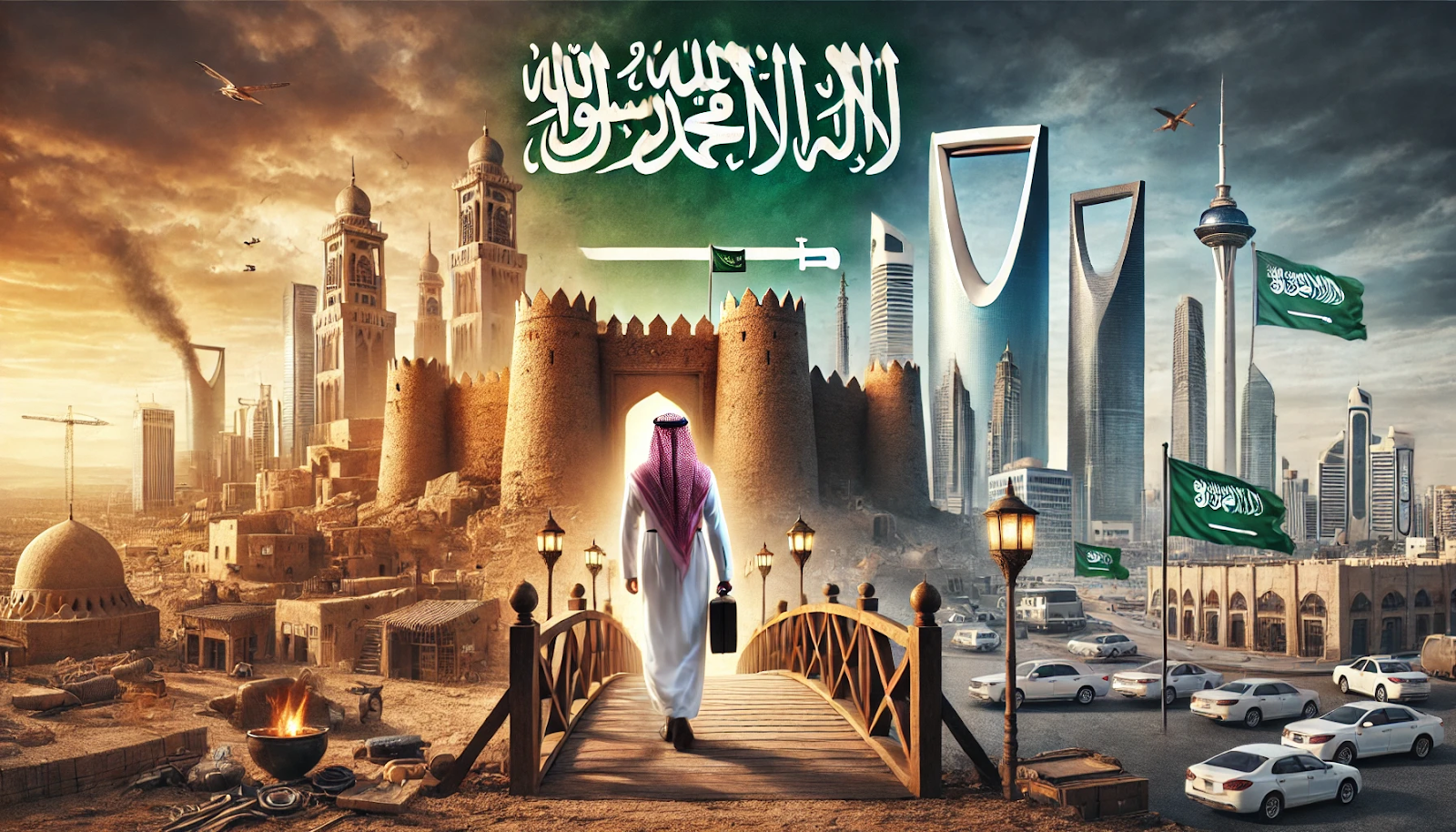
1. A Modern Kingdom Rooted in a Deep-Founded Vision
Saudi Arabia was not born overnight; it is the result of a centuries-old effort that began with Imam Muhammad bin Saud in 1727. Today, under the leadership of King Salman bin Abdulaziz and Crown Prince Mohammed bin Salman, the Kingdom stands as a modern global power, upholding the same principles it was founded upon: stability, unity, and ambitious progress.
However, while the methods and tools have evolved, the core mission remains unchanged. What was once an effort to unify tribes has transformed into an initiative to elevate Saudi Arabia’s global standing in economics, culture, and politics, all while honoring its historical roots.
2. Economic and Social Transformations: Bridging the Past and Present
Since its foundation, Saudi Arabia has been a land of continuous growth and development, evolving with the times while staying true to its roots. Today, the country is witnessing groundbreaking projects that reflect its ambitious vision for the future:
- NEOM, a revolutionary smart city that redefines innovation and technology on a global scale.
- Qiddiya, the region’s largest entertainment hub, showcasing Saudi Arabia’s ambition to be a global center for culture and recreation.
- King Abdullah Financial District (KAFD), a testament to the Kingdom’s emergence as a leading economic powerhouse in global markets.
These visionary projects are not isolated developments; they are a continuation of the foundation laid by past generations, just as Diriyah once stood as a thriving center for governance and trade. Today, Riyadh embodies the perfect blend of heritage and modernity, standing as a model for contemporary capitals.
On a cultural level, the renaissance seen in Saudi Arabia—through heritage festivals, artistic initiatives, and the revival of historical sites—is not a new phenomenon. It is a natural extension of the nation’s deep-rooted identity, echoing the vibrancy of the first Saudi state when Diriyah flourished as a hub of knowledge and culture.
3. Vision 2030: A Future Built on a Strong Foundation
The launch of Vision 2030 was not just an economic strategy but a continuation of a 300-year journey. This vision is built upon the same fundamental principles that the First Saudi State was founded upon:
- Independence in decision-making, just as Imam Muhammad bin Saud did when establishing Diriyah.
- Continuous development and progress, reflected today in megaprojects and world-class infrastructure.
- Balancing modernization with cultural preservation, ensuring that Saudi Arabia advances while maintaining its heritage and traditions.
Saudi Arabia’s current successes are not accidental—they are the outcome of a long history of unity, development, and strategic foresight, positioning the Kingdom as a global economic and cultural powerhouse ready to shape the future.
Conclusion: Founding Day – A Legacy That Shapes the Future
Saudi Founding Day is not just a historical memory; it is a powerful inspiration for future generations. It serves as a reminder that Saudis are part of an enduring legacy, carrying the responsibility of preserving and advancing it for the future.
From its establishment in 1727 to Vision 2030, Saudi Arabia continues to move forward with unwavering confidence, maintaining its historical roots while building a future of innovation and global influence.
The story of Saudi Arabia is far from over it is being written every day, driven by the ambitions of its people.
Reviving Saudi Heritage Through Tourism: A Journey into History
As Saudi Arabia embraces modernity and development, it remains committed to preserving and celebrating its rich heritage. Tourism plays a crucial role in bringing Saudi history to life, allowing both locals and visitors to experience the legacy of Founding Day through historical sites, cultural festivals, and interactive experiences.
1. Historical Diriyah: Where It All Began
When discussing Saudi Founding Day, we must return to Historical Diriyah, the city where the First Saudi State was born in 1727. More than just a political capital, Diriyah was a center for governance, culture, and trade, symbolizing the rise of a unified Saudi state.
Today, Historical Diriyah stands as one of Saudi Arabia’s most important heritage destinations, offering visitors a chance to step back in time and witness the grandeur of Saudi Arabia’s foundation. Among its key landmarks are:
-
Al-Turaif District
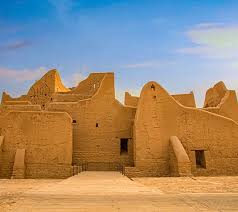
A UNESCO World Heritage site that once served as the administrative and ruling center of the First Saudi State. Now, it houses museums and historical pathways, providing an immersive experience into 18th-century Saudi Arabia.
-
Salwa Palace
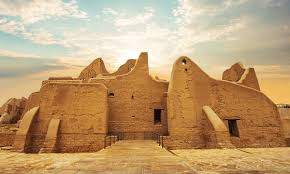
The primary residence of Imam Muhammad bin Saud, featuring traditional mudbrick architecture and serving as a testament to the state’s early governance and structure.
-
Wadi Hanifa
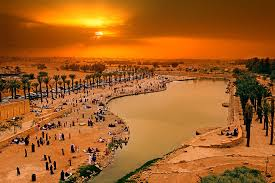
More than just a natural water source, this valley was the lifeline of Diriyah, playing a vital role in sustaining the people and fostering agricultural development.
2. Historic Sites Linked to Founding Day
Beyond Diriyah, several historical landmarks are closely tied to the founding of Saudi Arabia and its subsequent evolution, including:
Though built during the Second Saudi State, this fortress remains a symbol of Saudi Arabia’s struggle for unity. It was here that King Abdulaziz reclaimed Riyadh in 1902, marking the beginning of the modern Saudi era.
-
Al-Uyaynah
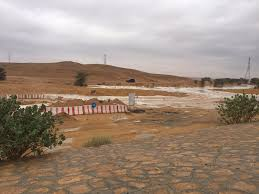
The birthplace of Sheikh Muhammad bin Abdulwahhab, the religious and political ally of Imam Muhammad bin Saud. His reformist movement played a critical role in shaping the First Saudi State’s identity.
-
Jubbah Rock Art Site in Hail
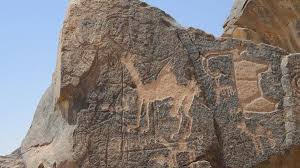
Home to ancient petroglyphs and inscriptions that date back thousands of years, offering a glimpse into the deep historical roots of the Arabian Peninsula.
Located in Riyadh, this museum houses historical documents, artifacts, and manuscripts that tell the story of Saudi Arabia’s foundation and unification.
3. The Role of Tourism in Preserving Saudi Identity
Heritage tourism is a key component of Vision 2030, helping to preserve Saudi culture while showcasing it to the world. Through guided tours and immersive experiences, visitors can explore:
- National museums displaying original founding documents, historical treaties, and weapons used by early Saudi rulers.
- Fortified castles and ancient city walls that once defended the First Saudi State from external threats.
- Traditional festivals and reenactments that bring Saudi history to life through music, dance, and storytelling.
Saudi Arabia’s commitment to heritage conservation and tourism development ensures that future generations remain connected to their roots, while also inviting the world to witness the grandeur of its history firsthand.
Archinations: Your Gateway to Discovering Saudi History
For those eager to explore Saudi Arabia’s founding legacy, Archinations offers exceptional heritage tours that take you on a journey through time, allowing you to experience the very places that shaped the nation’s history.
Why Choose Archinations?
- Exclusive guided tours to historic sites, including Al-Turaif, Salwa Palace, and the Diriyah district.
- Expert tour guides who provide deep insights into the First Saudi State and its legacy.
- Interactive historical experiences, including reenactments and multimedia presentations that bring Saudi history to life.
- Special access to national celebrations and cultural performances during Founding Day events.
If you want to experience history, not just read about it, Archinations is your perfect gateway to Saudi Arabia’s founding era. Book your tour today and step into the past!
Looking to the Future: Founding Day as a Bridge to Tomorrow
A Legacy That Shapes Future Generations
Founding Day is more than a remembrance of the past—it is a call to action for future generations. It reminds Saudis of their nation’s deep-rooted history and the responsibility to preserve, strengthen, and build upon it for the future.
Every year, Saudis celebrate this occasion not only to honor the past but to draw inspiration for the future. The Kingdom continues to evolve, innovate, and redefine its global standing, guided by the same principles that shaped its foundation nearly 300 years ago.
From Founding to Vision 2030: A Journey of Ambition
The journey from 1727 to Vision 2030 is a testament to Saudi Arabia’s ability to balance tradition with progress. The Kingdom stands today as a global leader in economy, culture, and development, while remaining deeply connected to its historical roots.
From the unification of tribes under Imam Muhammad bin Saud to today’s unprecedented modernization efforts, Saudi Arabia continues its march forward with confidence and vision.
A Final Reflection: Founding Day – A Story of Strength, Unity, and Growth
Saudi Founding Day is not just a chapter in history—it is a living, breathing legacy. It marks the moment when Imam Muhammad bin Saud stood in Diriyah, determined to build a unified and powerful nation. Nearly three centuries later, that same spirit of resilience and ambition continues to define Saudi Arabia’s present and future.
From its founding principles of justice, unity, and prosperity, the Kingdom has grown into a powerhouse on the global stage, embracing its past while forging ahead toward an even brighter future.
If you truly want to live and breathe Saudi history, let Archinations take you on a journey to the heart of its founding. Walk through the ancient streets of Diriyah, stand before the grand walls of Salwa Palace, and witness the places where a nation was born.
The story of Saudi Arabia is far from over—it is being written every day, by the hands of its people.
Frequently Asked Questions (FAQs)
1. What is the difference between Saudi Founding Day and Saudi National Day?
- Founding Day (February 22): Celebrates the establishment of the First Saudi State in 1727 by Imam Muhammad bin Saud.
- National Day (September 23): Commemorates the unification of the Kingdom of Saudi Arabia in 1932 by King Abdulaziz Al Saud.
2. What symbols are included in the Founding Day emblem, and what do they represent?
The emblem includes five key symbols:
- Palm Tree – Represents prosperity and growth.
- Falcon – Symbolizes strength, resilience, and leadership.
- Arabian Horse – Reflects courage and deep-rooted heritage.
- Market – Represents economic progress and historical trade significance.
- Saudi Flag – A symbol of unity, sovereignty, and national pride.
3. Is Saudi Founding Day an official public holiday?
Yes, February 22 is an official public holiday in Saudi Arabia, recognized nationwide.
4. What are the main events and activities held during Founding Day celebrations?
Celebrations across the Kingdom include:
- Cultural exhibitions and heritage displays showcasing Saudi history.
- Traditional performances and competitions featuring folklore and local arts.
- Firework displays and aerial shows highlighting national pride.
- Military parades and reenactments portraying historical events.
5. How does Founding Day strengthen Saudi national identity?
By highlighting Saudi Arabia’s deep historical roots and heritage, Founding Day fosters national pride, unity, and awareness of the Kingdom’s historical journey, reinforcing the values and traditions passed down through generations.
6. What is the purpose of celebrating Founding Day?
The celebration aims to:
- Increase awareness of Saudi Arabia’s rich history and legacy.
- Instill a deeper sense of patriotism and national belonging.
- Honor the leadership and vision that shaped the Kingdom.
7. What are the key elements of the Saudi Founding Day emblem?
The emblem consists of five symbolic elements representing Saudi Arabia’s heritage, leadership, and unity: the palm tree, falcon, Arabian horse, market, and Saudi flag.
8. What was the capital of the First Saudi State?
The capital of the First Saudi State was Diriyah, which served as the political, economic, and cultural center of the nation’s early development.
9. Who founded the Second Saudi State?
The Second Saudi State was founded by Prince Turki bin Abdullah bin Muhammad bin Saud, continuing the Saudi leadership legacy after the fall of the First Saudi State.
10. What is the current capital of Saudi Arabia?
The capital of modern Saudi Arabia is Riyadh, a global metropolis that blends history with cutting-edge development and innovation.
